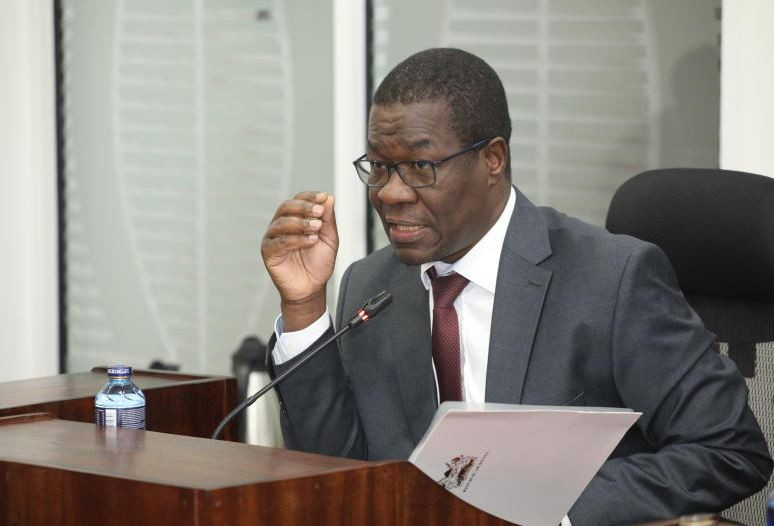- Details
- East Africa
- 312
Geothermal Development Company is on the spot for allegedly disregarding the State Corporations Advisory Committee recommendation, on filling of positions and promoting of employees.
The Kenya Electrical Trades and Allied Workers’ Union (KETAWU) said GDC continues to discriminate against employees despite the advisory.
KETAWU, in a letter to the CS Ministry of Energy, Opiyo Wandayi, raised concern over alleged selective policy application at senior management levels on academic qualifications acquired in-service. He noted continued discrimination against unionisable employees.
Nadome in the letter dated August 8, 2025, noted that the State Corporation Advisory Committee (SCAC) guided the recognition of academic qualifications acquired in-service in May 2025, indicating that such qualifications shall be considered on jobs advertised internally or externally competitively and outlawed upgrade.
State Corporations Advisory Committee (SCAC) Secretary, Simon Indimuli, in the circular said employees of State corporations will not be automatically promoted after advancing their studies. He said such employees will be required to apply for vacant positions should they arise.
Indimuli said that upgrading a staff member who was hired without a degree to a position requiring a degree, solely based on having obtained one, is tantamount to mischievously filling a vacant post without opening it up to a competitive and transparent process.
He noted that the practice of upgrading officers to higher grades due to acquired degree certificates could also imply that the staff establishment is porous enough to absorb any number of certificate-holders, without regard for capping within the complement control system.
Indimuli made the remarks in an advisory to the Geothermal Development Company (GDC), which had sought guidance on how to handle the grading of officers who obtain undergraduate degrees while in service.
“Please note that whenever there is a vacancy at any State corporation, such a vacancy is supposed to be filled openly and competitively, as required by the Constitution of Kenya (2010) and the approved Human Resource (HR) Instruments,” read part of the advisory dated May 7, 2025.
The union in the letter stamped received by the CS noted that the positions of General Manager, Corporate Services, General Manager, Finance and Investment and Manager Human Resource Management were filled without advertising. By Julius Chepkwony, The Standard





